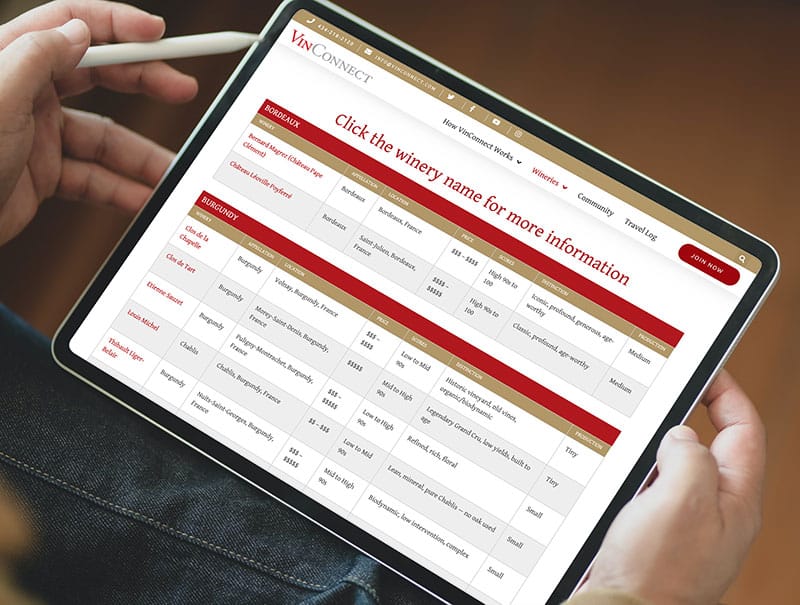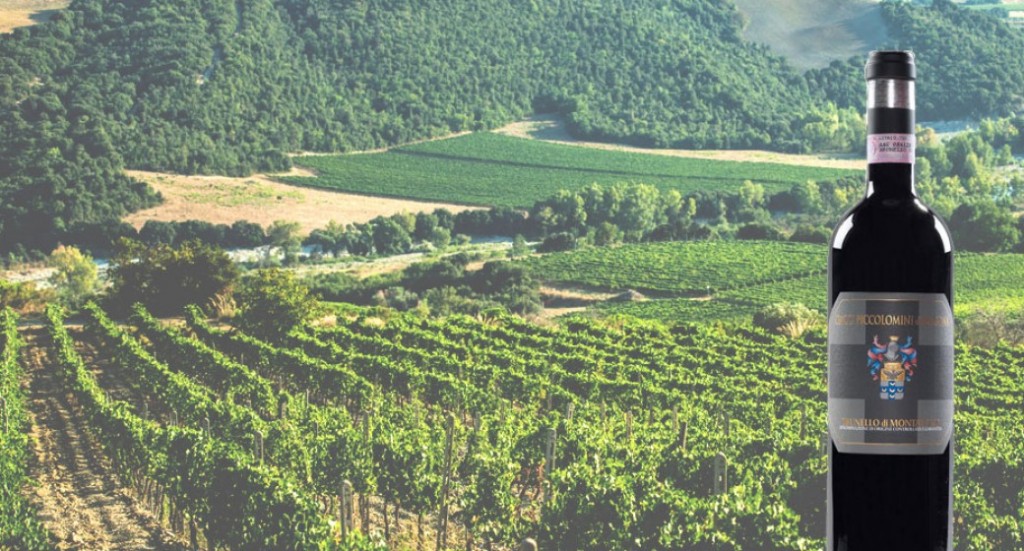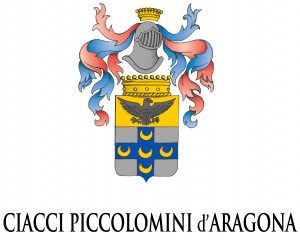About Ciacci Piccolomini
The estate of Ciacci Piccolomini d’Aragona dates back to the 17th century and boasts a fascinating history. The oldest part of the estate is the Palazzo (Palace), erected by Bishop Fabivs de’ Vecchis of Sant’ Antimo Abbey and positioned in the heart of the charming hilltop village of Castelnuovo dell’Abate. The Palazzo was auctioned by the church to Francesco Ciacci in 1877 and after the marriage between count Alberto Piccolomini d’Aragona (a direct descendent of Pope Pius II) and Elda Ciacci in the mid-1900s, the structure became known as the Palazzo Ciacci Piccolomini d’Aragona.
Countess Ciacci Piccolomini passed away in 1985, and having no direct heirs, left the entire estate to Giuseppe Bianchini, who had managed the property for many years with his family and oversaw the day-to-day operations of agricultural production. Under the direction of the Countess, the estate had only produced wine for personal and local consumption, but Giuseppe had always dreamed of producing a great Brunello. After selling a portion of the estate to pay the inheritance taxes, he dedicated himself to selecting and planting the most ideally situated plots of land for classic Brunello production. Giuseppe passed away in 2004, but his children, Paolo and Lucia, continue to devote meticulous care to the vineyards, cellar and commercial operations, carrying forward the endeavor with incredible results.
Of the 170 estate hectares (420 acres), about 40 (100 acres) are planted to vine, the majority to Sangiovese Grosso, the typical Tuscany varietal from which esteemed wines such as Brunello di Montalcino and Rosso di Montalcino are produced. Additional vineyards are planted to international grape varieties including Merlot, Cabernet Sauvignon and Syrah. In the vineyards, Paolo and Lucia strive for as little chemical and mechanical intervention as possible, utilizing organic fertilizers and cover crops, favoring low yields, and working the vines manually.
In order to adapt to advancements in winemaking and the expansion of the property, the estate now owns three separate wine cellars. Vinification, bottling and stocking of all wines takes place in the new state-of-the-art estate headquarters at the Molinello cellar just outside the center of Castelnuovo dell’Abate, while the charming and historic Palazzo is now used for aging the Brunello wines in cask. The S. Stefano cellar was recently acquired in Montenero (province of Grossetto) and is exclusively used for the production of Montecucco DOC.
In the cellar, the Sangiovese-based wines are produced in the classical style, employing large cement tanks and oak casks to allow the variety to fully express the place and nobility of Sangiovese. The international grape varieties are vinified in stainless steel or cement temperature-controlled tanks and age in French and American oak barriques.
Though the estate has no plans to expand current production, the winery is at the forefront of innovation and creativity in all aspects, exhibiting exemplary professionalism and foresight for the entire region.
Video of renowned Italian wine expert James Suckling tasting with Paolo from October 2012 can be found here.



The Ciacci Brunellos are classic wines from Castelnuovo dell'Abate, which means they are built on textural warmth, richness and volume, all influences of nearby Maremma.